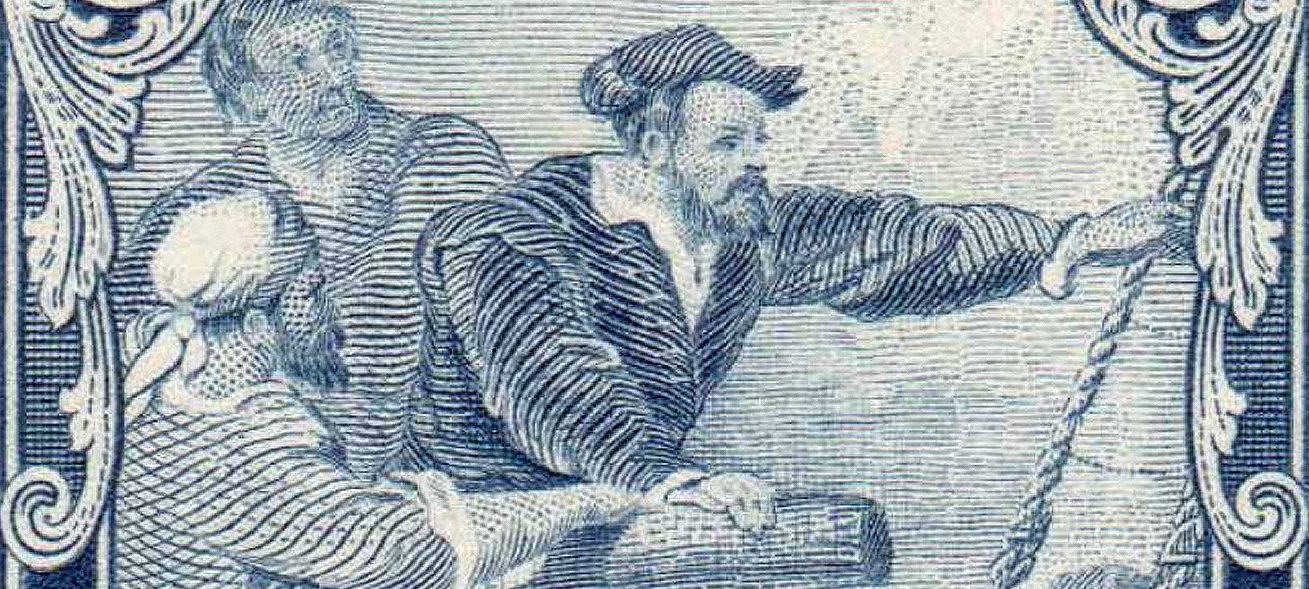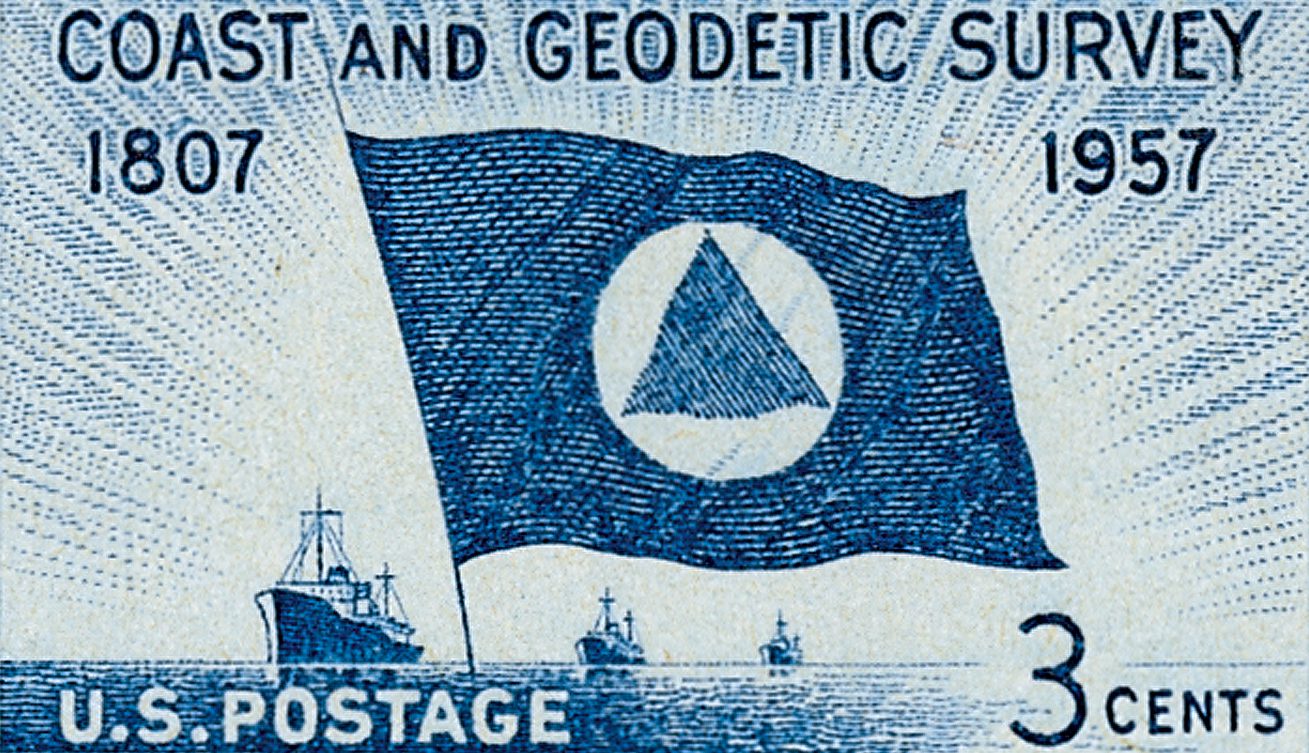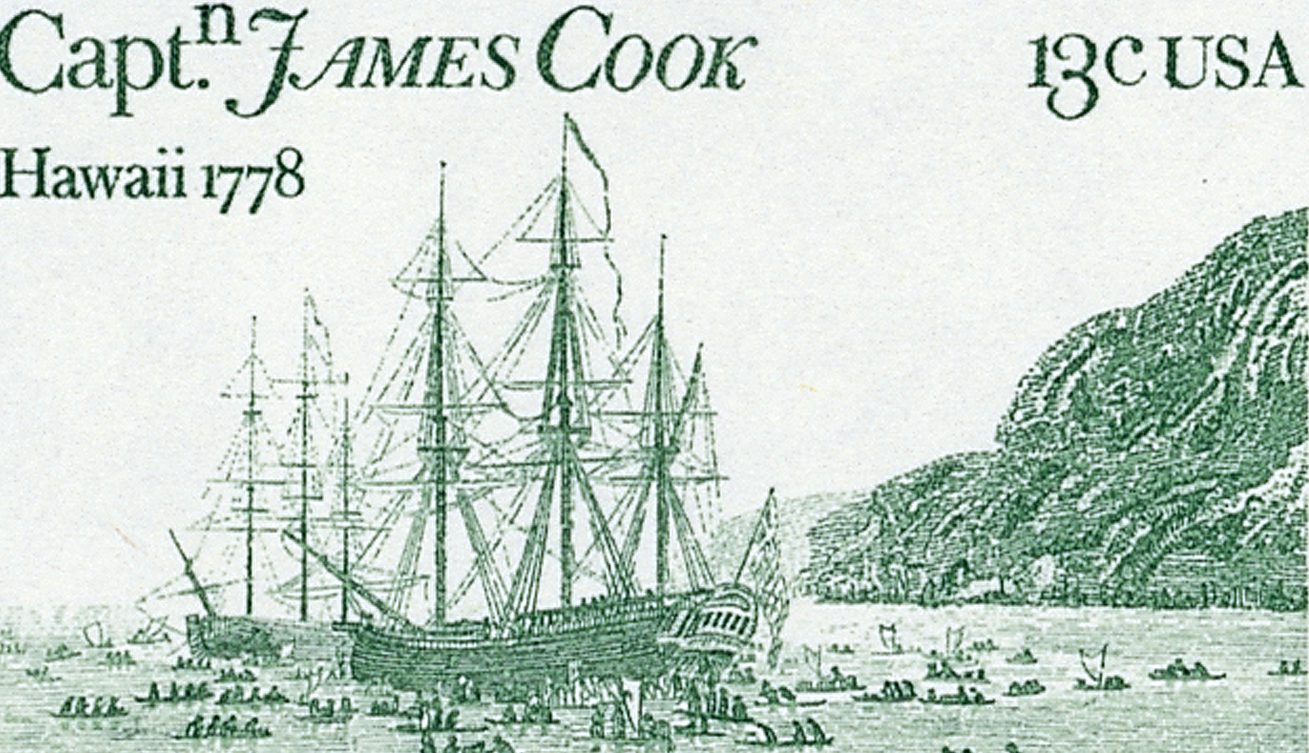Cartier Explores St. Lawrence River
On June 9, 1534, Jacques Cartier became the first European explorer to travel the St. Lawrence River.

On June 9, 1534, Jacques Cartier became the first European explorer to travel the St. Lawrence River.

On April 17, 1524, Giovanni da Verrazzano became the first European to see New York harbor.

On February 18, 1930, Clyde Tombaugh discovered Pluto after nearly a year of searching. It would be another 85 years before the US sent its first space probe there – inspired by a postage stamp!

On February 14, 1912, Arizona was admitted as the 48th state. It would be another 48 years before another state was added to the Union.

On February 10, 1807, President Thomas Jefferson signed legislation to establish the United States Survey of the Coast. This later became the US Coast and Geodetic Survey and eventually the National Geodetic Survey.

On January 18, 1778, Captain James Cook became the first European to reach the Hawaiian islands. The Hawaiians believed Cook had divine powers and considered him a great chief.

On January 6, 1912, New Mexico became the 47th state admitted to the Union.

December 20, 1812, is generally believed to be the day that Sacagawea died in Kenel, South Dakota. She’s best known as one of the guides on Lewis and Clark’s Corps of Discovery.

On December 4, 1674, Father Marquette erected the first building in what would later become Chicago. He spent the winter there while on an exploratory journey through the region.